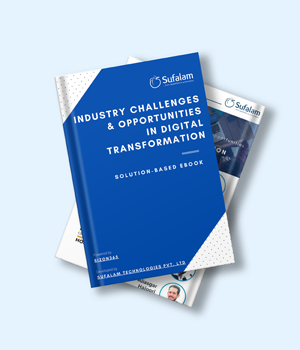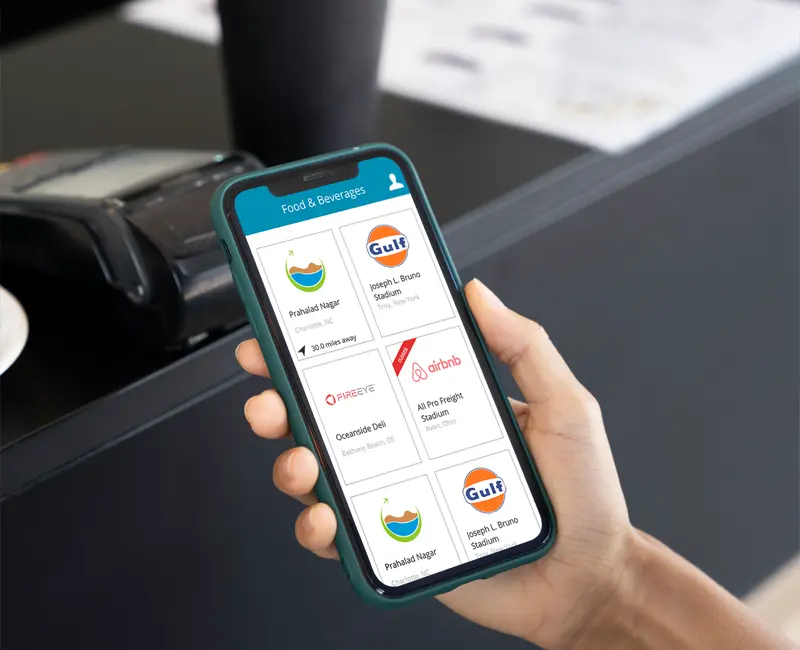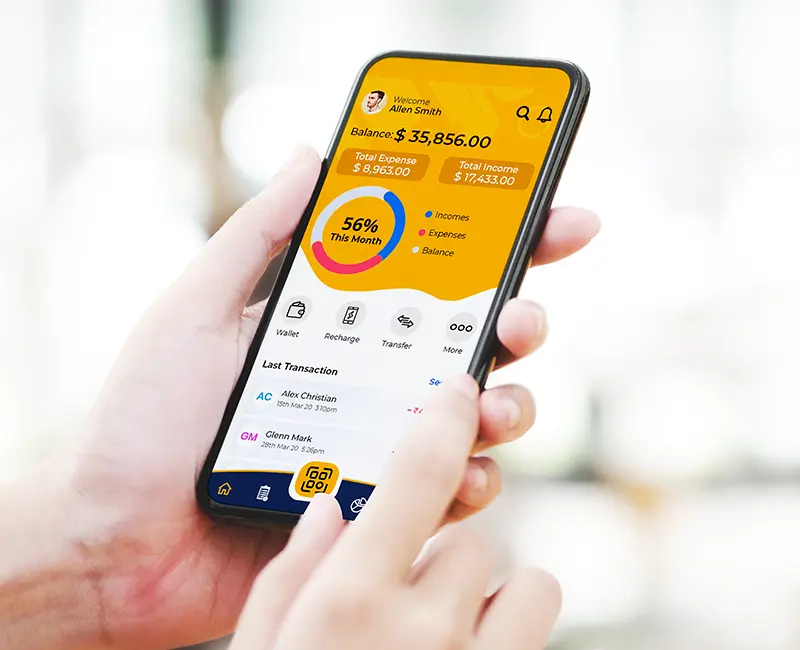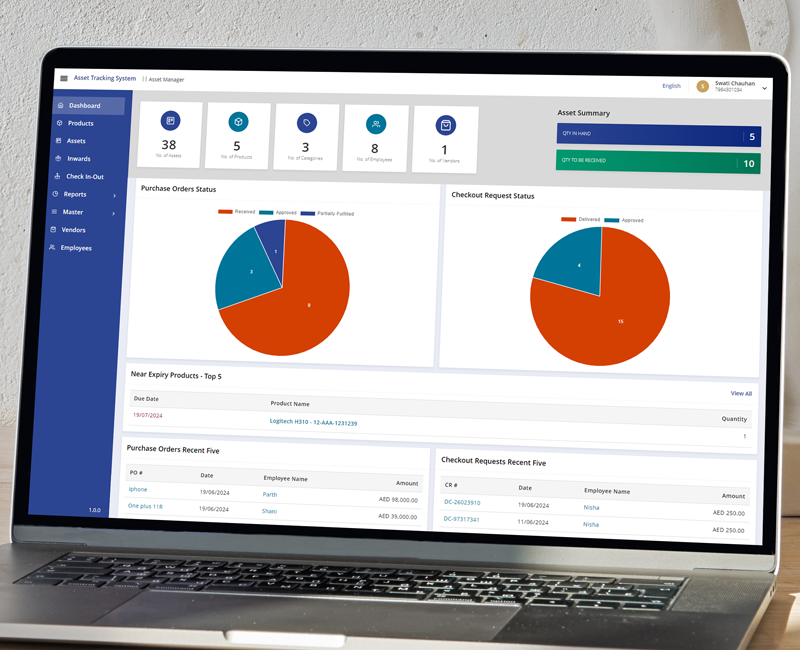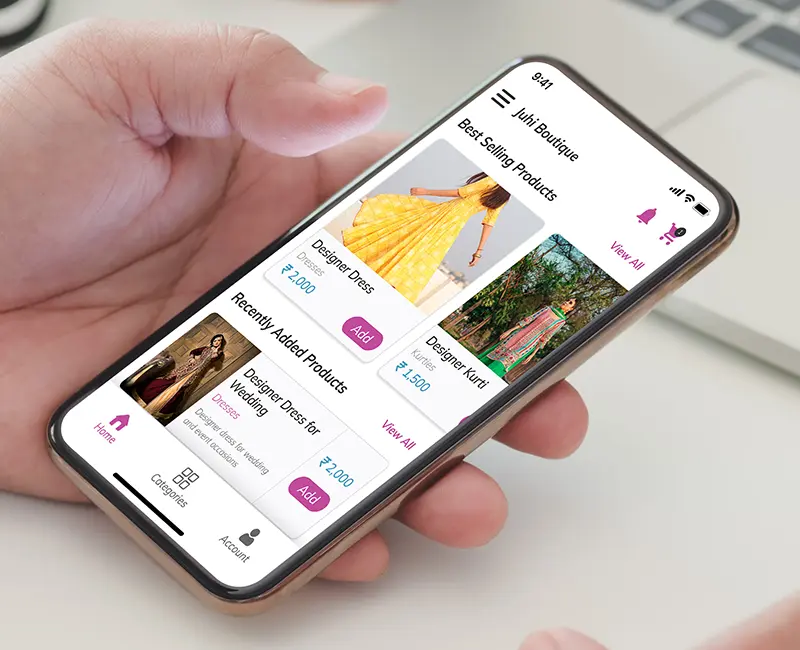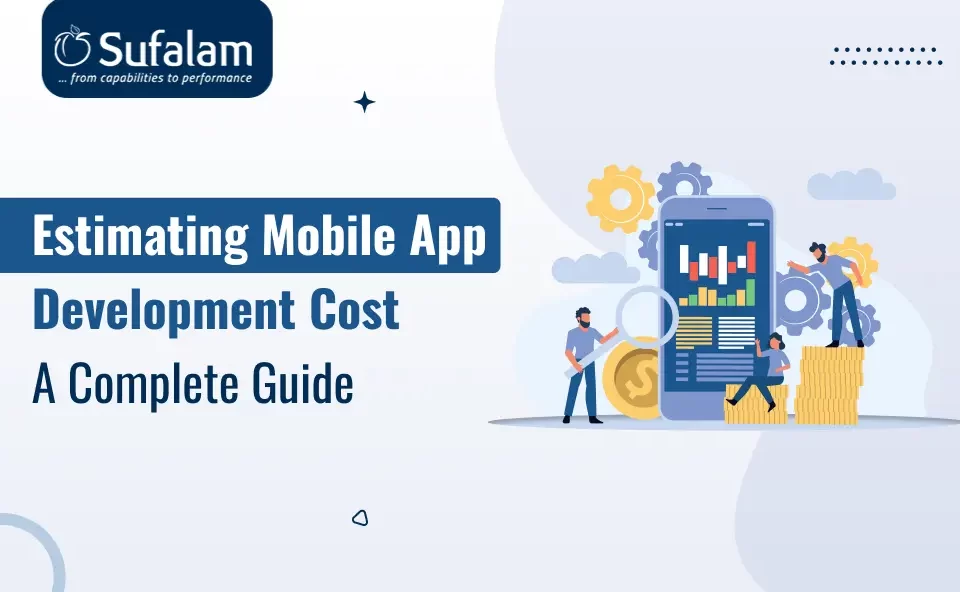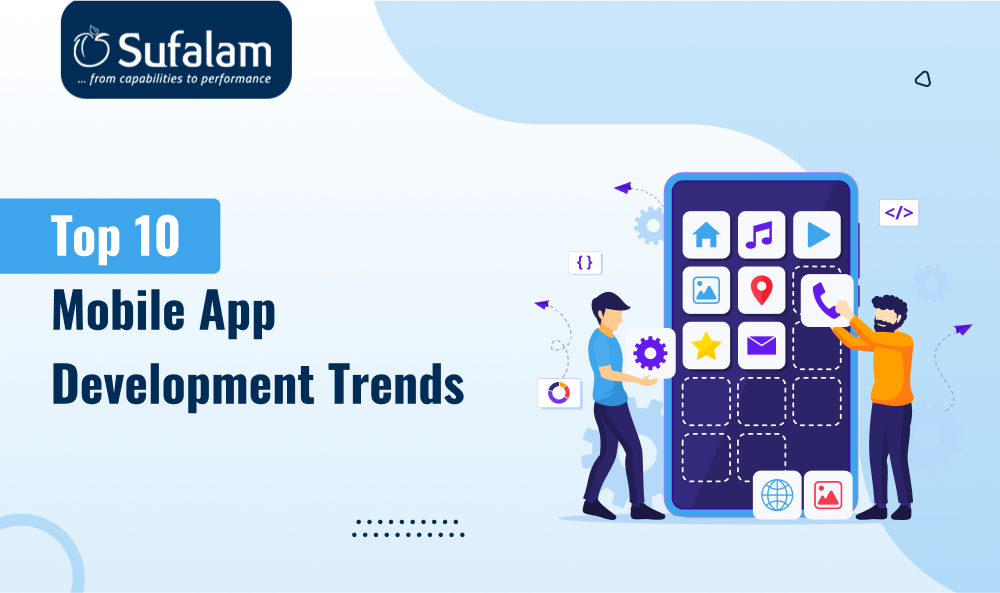
Mobile applications are becoming an essential component of practically everyone’s lives as they have grown in importance for both organizations and people. However, as mobile technology continues to advance quickly, so do the alternatives available to those who design mobile applications.
Developers are creating tools to help startups create web, mobile, on-demand, IoT, and many other types of apps. Research estimates that the size of the mobile app industry will be $542.80 billion by 2026, with total revenue estimated to increase at a CAGR of 6.58% each year between 2022 and 2026.
Check out our list of the top application development trends for 2024 to keep your business at the forefront of advancement in this fast-paced sector.
Virtual Reality
The use of virtual reality as a new form of entertainment and gaming is growing. With VR, you can fully submerge yourself in a virtual environment and engage in engaging and realistic interactions with it.
Healthcare, education, and training are just a few of the other areas that are using virtual reality. It’s possible that as VR technology advances, we will see even more creative and interesting applications for it.
Virtual reality (VR) is likely already well-known to you. It is being included in mobile app trends for the iOS and Android operating systems. The mobile device technology is always evolving, which implies that their performance capabilities and any associated VR equipment, such as headsets, are also evolving.
Now is a wonderful moment to include VR in any upcoming or ongoing app development initiatives.
Low-Code/No-Code platform

With the help of low-code and no-code (LCNC) platforms, regular people like you and I can more easily become citizen developers and construct our own unique programs that are tailored to match our own needs.
As users may still create applications on these platforms, even if they have little or no programming experience, they effectively decrease the barriers to entry for app development. For instance, drag-and-drop interfaces on no-code platforms are frequently user-friendly and substantially speed up the creation of enterprise-grade programs.
Overall, it is anticipated that the market for these platforms will expand in the next years, and more executives are beginning to view LCNC systems as essential investments.
It is anticipated that the market for low-code platforms alone will produce $187 billion in sales by 2030, representing a 31.1% CAGR from 2020 to 2030.
5G
The fourth technological revolution began with the launch of 5G. In comparison to the fourth and fifth generations, mobile networks’ fifth generation will significantly increase speed and dependability.
Since the connection speeds are approximately ten times faster and the latencies are 50% lower, 5G will allow users to employ AR/VR, self-driving cars, the Internet of Things, and other applications. These characteristics will be used by the next apps to do tasks we never believed were feasible.
Since 5G is quicker, less time will be spent on activities that drain smartphone batteries. Due to 5G’s increased radio waves and shorter wavelengths, location-specific and geo-fencing functionalities in mobile applications will also be more precise.
It improves mobile streaming and app usability by allowing Android app developers to add more features without slowing down the app. Therefore, seek out realistic prospects and begin leveraging them right now!
Wearables
The wearable gadget sector has had rapid expansion over the past few years, and there are no indications that this growth will soon slow down. Want to keep one step ahead of the pack? Start creating a mobile app for wearables like watches, smart rings, fitness trackers, smart apparel, and even implantable that offer an amazing user experience.
The number of linked wearable devices increased from 325 million in 2016 to 722 million in 2019, with over 1 billion expected by the end of 2022.
Get a head start on your industry by thinking of ways to use these wearables in the context of app development. The potential for innovation will grow along with the adoption of these gadgets.
Blockchain
Blockchain-related revenue is projected to reach $67.4 billion by 2026.
The blockchain industry has expanded tremendously since the initial use case was observed and discussed.
As a result, the market is expanding swiftly and diversifying. Companies from a wide range of industries are showing increasing interest in the sector. The blockchain business is also attracting an increasing number of investors, which is advantageous since it means more revenue.
Blockchain technology is going to be crucial for developing apps. Due to the speed and lack of a third party involved in transactions, it offers a secure method of paying for mobile apps. This technology may alter how we receive and transmit information, which might have a significant effect on our daily lives.
Beacon technology
Beacon technology uses compact, portable devices to transmit a radio signal that other nearby devices can pick up. The usage of beacon technology is widespread. Beacons may improve the functioning of practically any mobile app trend, from healthcare to retail.
This technology has undergone significant improvements recently.
According to Statista, the beacon technology market is expanding at a compound annual growth rate of 59.8%. Its estimated value will increase by $56.6 billion by 2026. This is more than ten times the value of $519.6 million in 2016. Therefore, it is safe to say that this technology will be among the most prevalent mobile apps future trends in 2024.
On-demand delivery applications
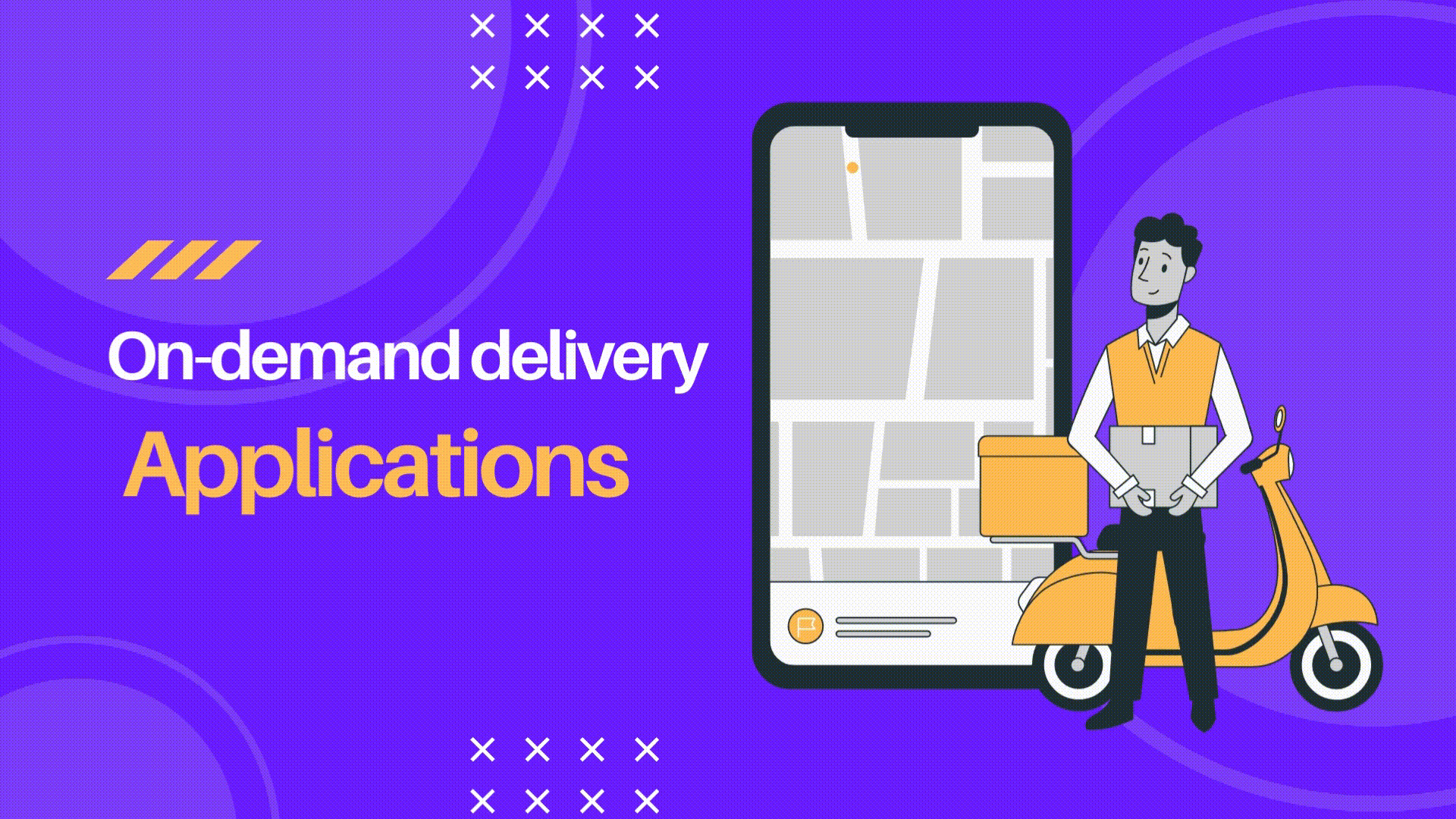
Mobile app future trends that allow customers to hire on-demand services, such as ride-sharing, lodging rental, movie streaming, or food/grocery delivery apps, make our life simpler. On-demand delivery applications might even assist firms in expanding their consumer bases.
On-demand applications are used by 86.5 million Americans, and by 2025, it is expected that the industry for these apps will be worth $335 billion.
With the help of their on-demand applications, digital marketers may capitalize on this technology by enabling consumers to place orders for goods and services. To do this, you must develop a user-friendly app that acts as a gateway between a customer and the supplier/service. Postmates and Uber are a few extremely good examples of this.
Internet of Things(IoT)
The Internet of Things, often known as IoT, is a technology that is impacting everyone’s life and making their daily routines simpler. Every sector has benefited greatly from technology, and this also applies to app developers.
To raise the bar for their application norms and user experience, they must take emerging technology into account.
With IoT, app developers can produce more hybrid applications at lower development costs. By getting insightful knowledge and best-in-class customization through IoT, enterprises also have the benefit of accessing niche industries.
Better & Robust Security
Cybercriminals are increasingly focusing on mobile devices. They never stop coming up with new ways to steal data and undermine the application.
Security has become a primary priority for mobile app developers because of the industry’s overall growth, the vast amount of user information held by businesses, the industry’s billions of users, third-party SDKs, and other factors.
We’ve already observed a growing tendency of encrypted messaging applications like Telegram, mobile browsers preserving users’ privacy, and an industry movement toward securing user data as ways to thwart assaults and contribute to a safe environment.
Several businesses are concurrently attempting to control automated security upgrades. When it comes to mobile transactions, encryption techniques, and personal privacy, information security also becomes critical.
Voice technology
Voice technology has completely dominated the market. It should come as no surprise that this will be one of the most common mobile app development trends in the near future. By 2026, it is expected that the global speech recognition industry will grow to $27.16 billion US dollars.
In terms of application development trends, voice technology is a relatively recent development. The majority still see it as a humorous gimmick, despite the fact that speech technology is already a popular feature.
These solutions improve user experience. They add additional degrees of personalization, aid in finding necessities more quickly, and speed up and enliven browsing. This market is still expanding, and it’s conceivable that one or more of these technologies will soon be included in every contemporary software.
Summary
The development of a successful mobile app is a challenging endeavor that calls for in-depth market research. One technique to choose the tech stack to employ and the functionality to execute is to research mobile app development trends.
While some contemporary trends still have a long way to go in terms of growth, others are more likely to be passing fads that, if used intelligently, may still provide large profits.
Therefore, take into account everything, including your target audience, business type, size, product or service, etc., and use application development trends appropriately.
The most crucial decision to make is which trustworthy service to work with.
An experienced team may do in-depth market research at your request and determine which cutting-edge technologies are ideal for your project.
If you are looking for the right partner, then reach out to Sufalam Technologies. Our expert team will help you in developing the best-in-class mobile app by incorporating the right trends.

